Etsy Expands Payments Policy Globally; Instant Transfers Go Live for US Sellers
Reading Time: 3 minutesWhat’s changed Etsy has rolled out major updates to its Etsy Payments…
July 2025 marks a bold shift in digital retail as Amazon completes a meticulously planned, global withdrawal from Google Shopping ads; a move directly tied to its evolution as the internet’s most influential product search engine.
Amazon’s pullback from Google Shopping was far from abrupt. The process began with a sharp reduction in ad spend in May 2025, slicing U.S. investment by 50%. The real inflection point arrived between July 21 and July 23, 2025, when Amazon’s Shopping ad impression share plummeted from 60% to zero in the U.S., 55% to zero in the UK, and similar drops in Germany and Japan.
Across 48 hours, Amazon eliminated its decades-old presence across all major Google Shopping markets. Market analysts confirm the advance planning: before the July blackout, Amazon had spent months reducing its Google Shopping investments and retooling its internal traffic strategies. Experts cited the event as the largest single withdrawal from Google’s ad auctions since the company’s 2020 lockdown pause.
Amazon’s decision rests on two major shifts:
With over 4 billion product searches per month, Amazon has become the world’s second-largest search engine, trailing only Google. By exiting Google’s paid ecosystem, Amazon is betting that consumers will increasingly start and finish their purchase journeys directly within its app.
In 2024 and 2025, Amazon expanded its search capabilities with features that parallel Google:
In early 2025, Amazon began beta testing “Buy for Me,” an AI tool that completes purchases from third-party websites without users leaving the Amazon app. Soon after, the “See More” search feature surfaced external brands and links, even at the cost of direct sales.
Together, these innovations signal Amazon’s intent to aggregate product discovery and conversion under its own search flow—transforming the marketplace into a retail search hub rather than just a marketplace.
Amazon’s transition is an assertion of platform independence:
| Strategic Development | Implication for Sellers |
| Amazon exits Google Shopping ads globally | Increased visibility opportunities for you on Google Shopping; reduced CPC pressure |
| Amazon dominates the product search starting point | You must prioritize Amazon SEO, optimizing titles, keywords, and external traffic to succeed |
| Search-driven growth on Amazon | Your listings need to align with A10 criteria: relevance, conversions, reviews |
| Beta “See More” feature brings external products into Amazon search | Broadens your access to non‑Amazon exposure within Amazon app search results |
Amazon’s phased Google Ads exit, preceded by AI-native search innovations and the “Buy for Me” tool, positions it as the default starting point for product discovery and transactions in the digital era. The company’s ability to attract, convert, and retain shoppers entirely within its expanding interface signals a fundamental new state for digital commerce, where Amazon is every bit as much a search engine as a marketplace, and perhaps the most consequential product search source.
For Amazon sellers, the message is clear: to compete in 2025, your strategy must optimize for Amazon’s unique search capabilities and leverage its emerging AI-driven commerce tools for maximum visibility and conversion. CedCommerce aims to enable sellers to optimize for Amazon’s evolving search landscape with listing, advertising, and marketplace solutions, contact us today.
Boost visibility, win the Featured Offer, and increase revenue with CedCommerce’s Amazon marketing and ads management expertise.
Source: Search Engine Land

Reading Time: 3 minutesWhat’s changed Etsy has rolled out major updates to its Etsy Payments…
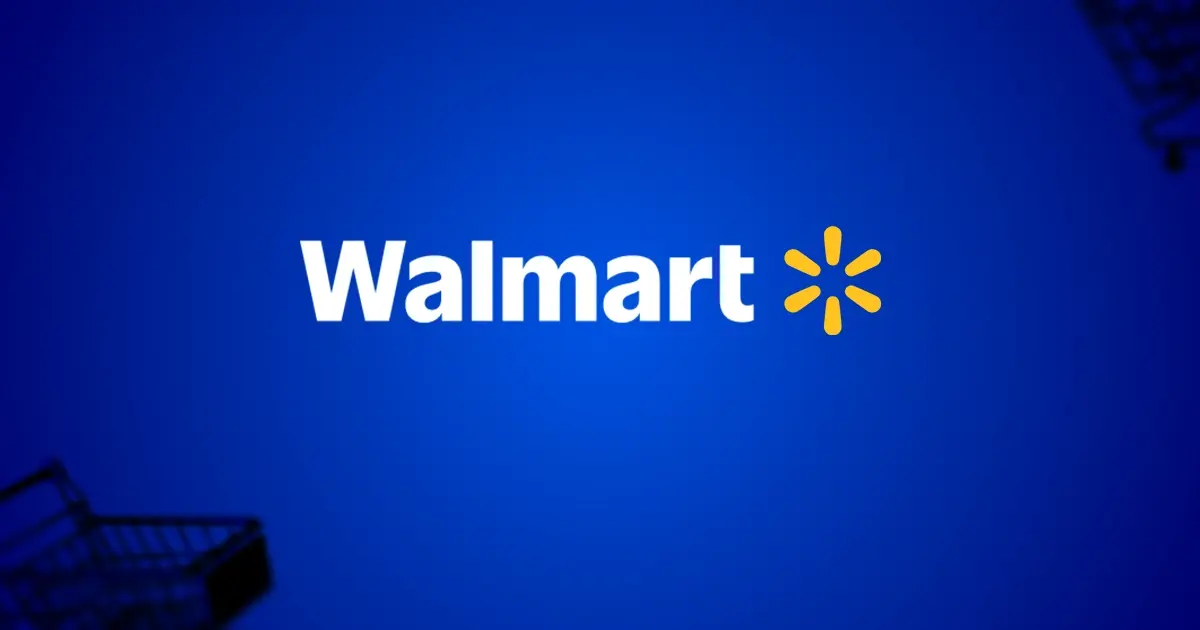
Reading Time: 2 minutesWhat’s changed Walmart has introduced a new Shipping Score metric within its…
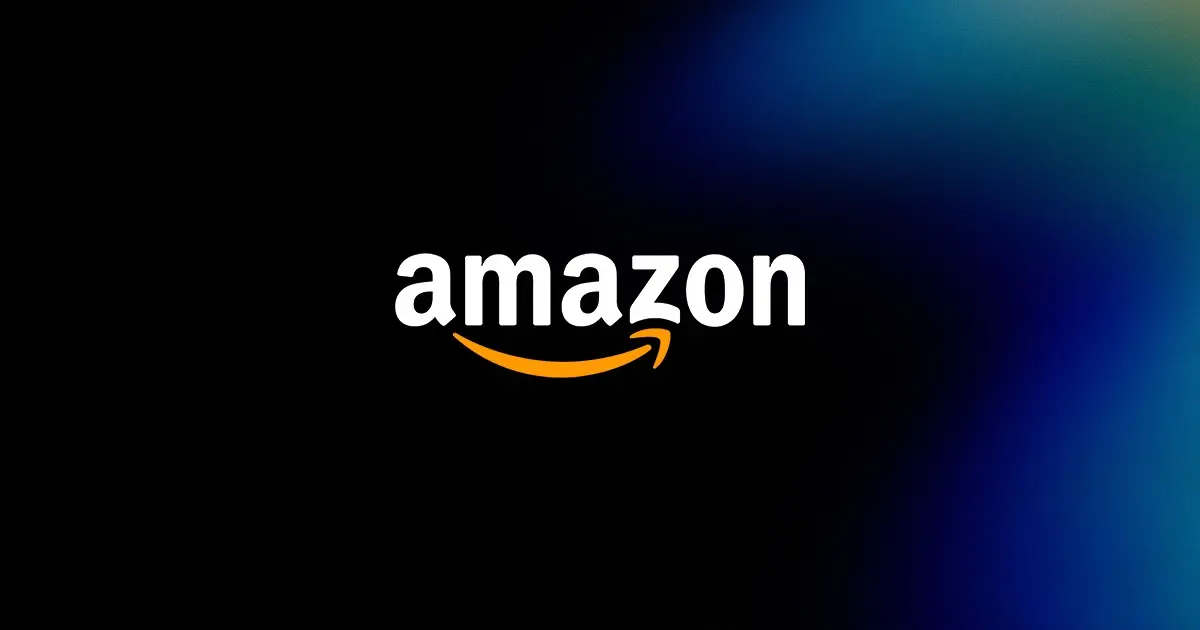
Reading Time: 3 minutesWhat’s changed Amazon has announced an additional $35 billion investment in India…

Reading Time: 4 minutesAbout the Brand: 40ParkLane LLC Studio40ParkLane is a design-led print-on-demand brand created…
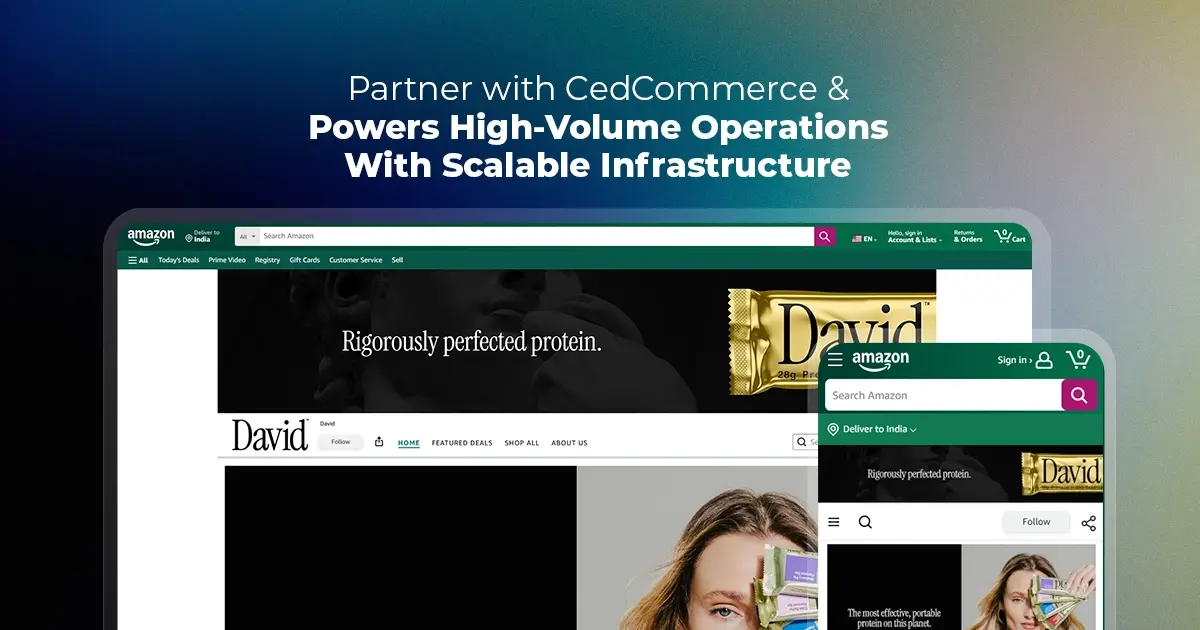
Reading Time: 3 minutesAbout the Company Brand Name: David Protein Industry: Health & Nutrition (Protein…

Reading Time: 3 minutesOnline retail spending in Germany is entering a renewed growth phase after…

Reading Time: 4 minutesTikTok Shop has released a comprehensive Beauty and Personal Care Products Policy,…

Reading Time: 4 minutesTikTok Shop has formally outlined comprehensive requirements for expiration date labeling and…

Reading Time: 3 minutesTikTok Shop is raising its sales commission for merchants across five active…

Reading Time: 11 minutesBy now you have seen your BFCM 2025 numbers. The harder question…
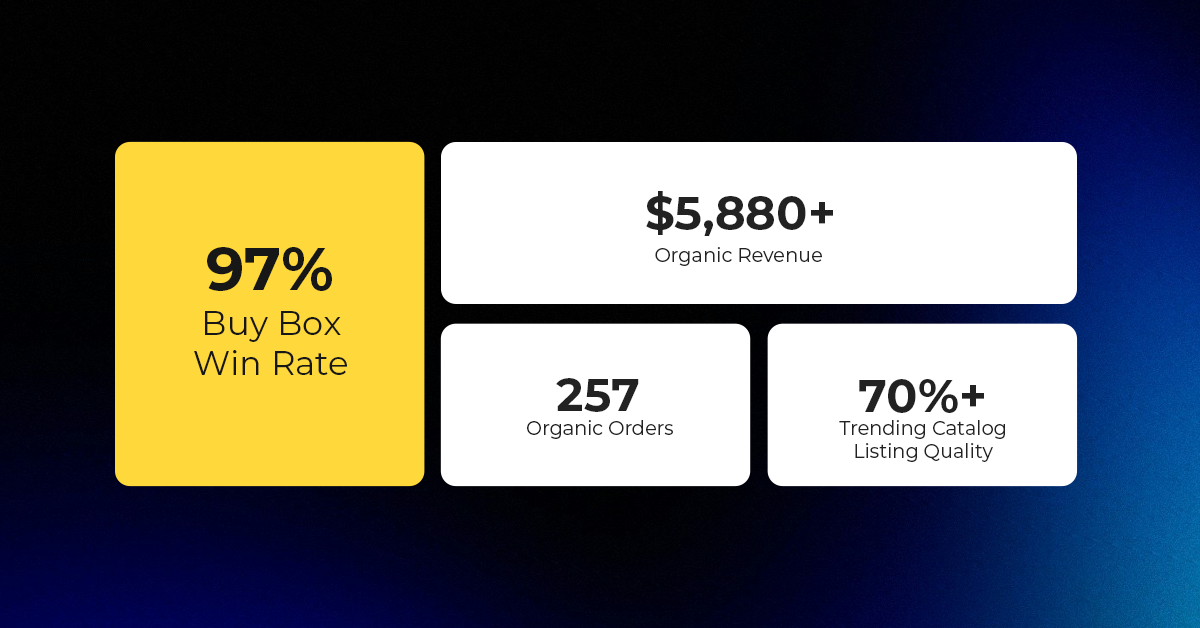
Reading Time: 3 minutesAbout the Brand Name: Vanity Slabs Inc Industry: Trading Slabs- Vanity Slabs…
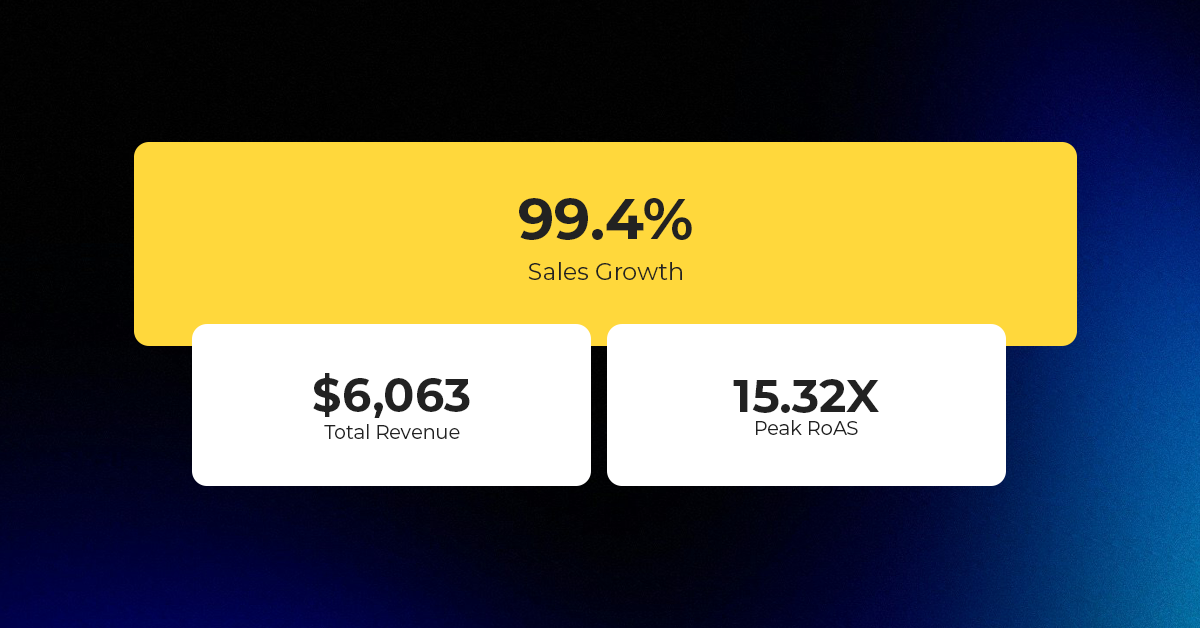
Reading Time: 2 minutesAbout the Brand Name: Ramjet.com Industry: Automotive Parts & Accessories Location: United…

Reading Time: 2 minutesAmazon is rolling out strategic referral fee reductions across five major European…
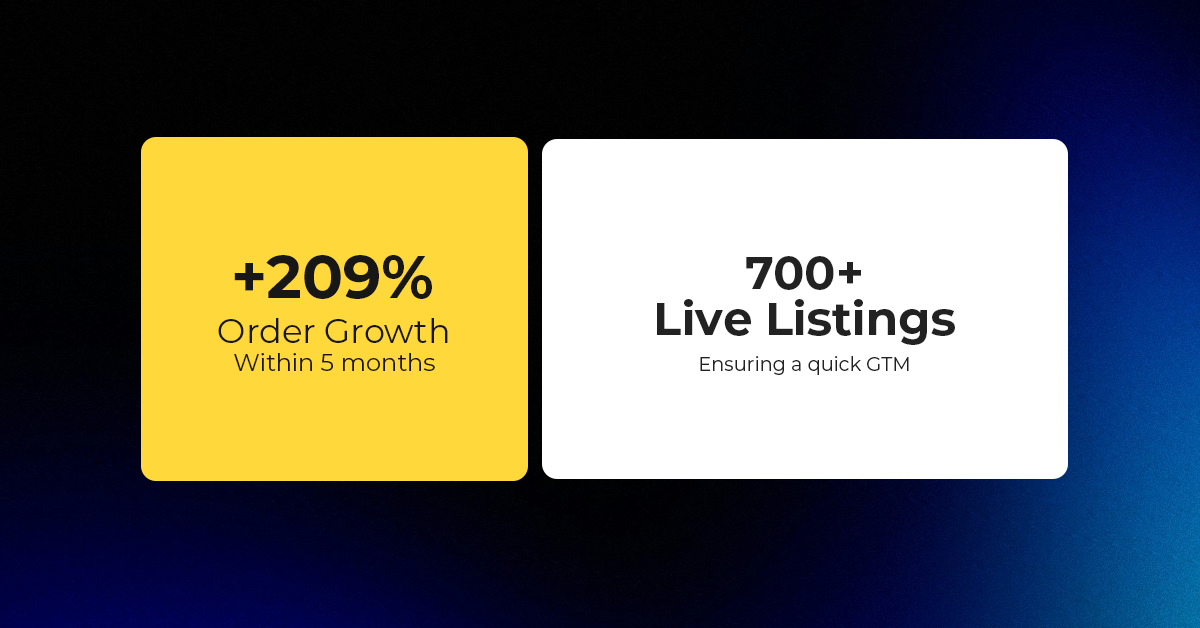
Reading Time: 4 minutesQuick Summary: Scaling Lifestyle Powersports on eBay with CedCommerce Challenge: Zero marketplace…

Reading Time: 4 minutesTikTok has surpassed 460 million users across Southeast Asia, reinforcing its position…
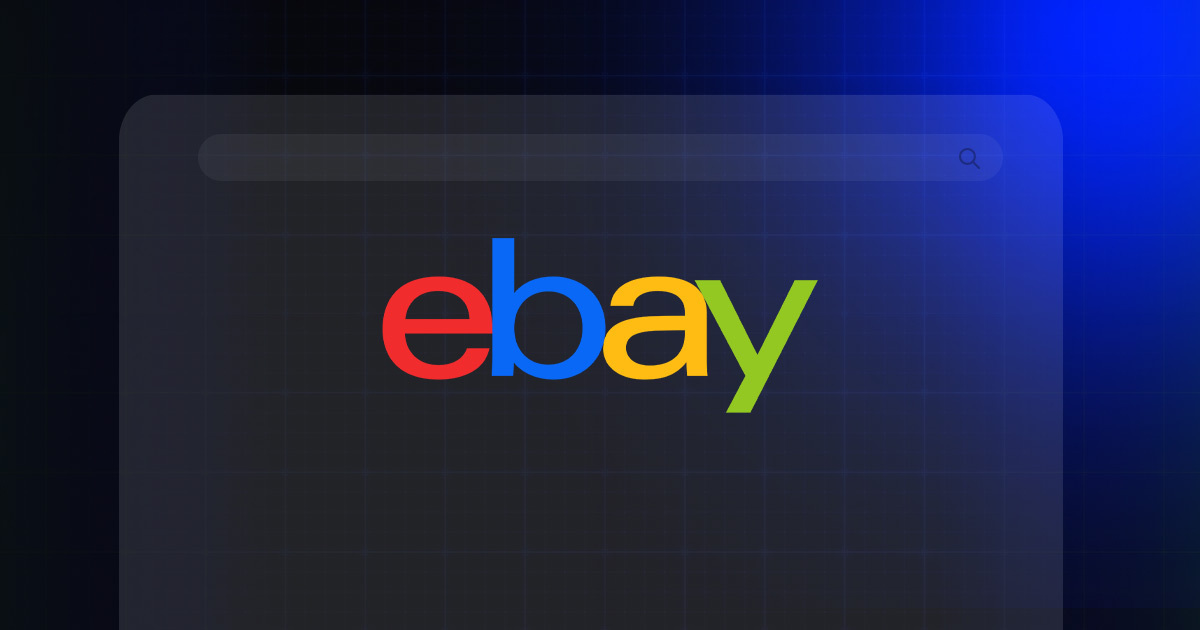
Reading Time: 3 minuteseBay has released its final seller news update for 2025, with a…

Reading Time: 3 minutesAmazon has clarified its stance regarding speculation around a potential breakup between…

Reading Time: 4 minutesWalmart is accelerating its push into next-generation fulfillment by expanding its drone…

Reading Time: 4 minutesFaire, the fast-growing wholesale marketplace connecting independent retailers with emerging brands, has…

Reading Time: 4 minutesB2B buying in the United States is undergoing a fundamental behavioral shift…